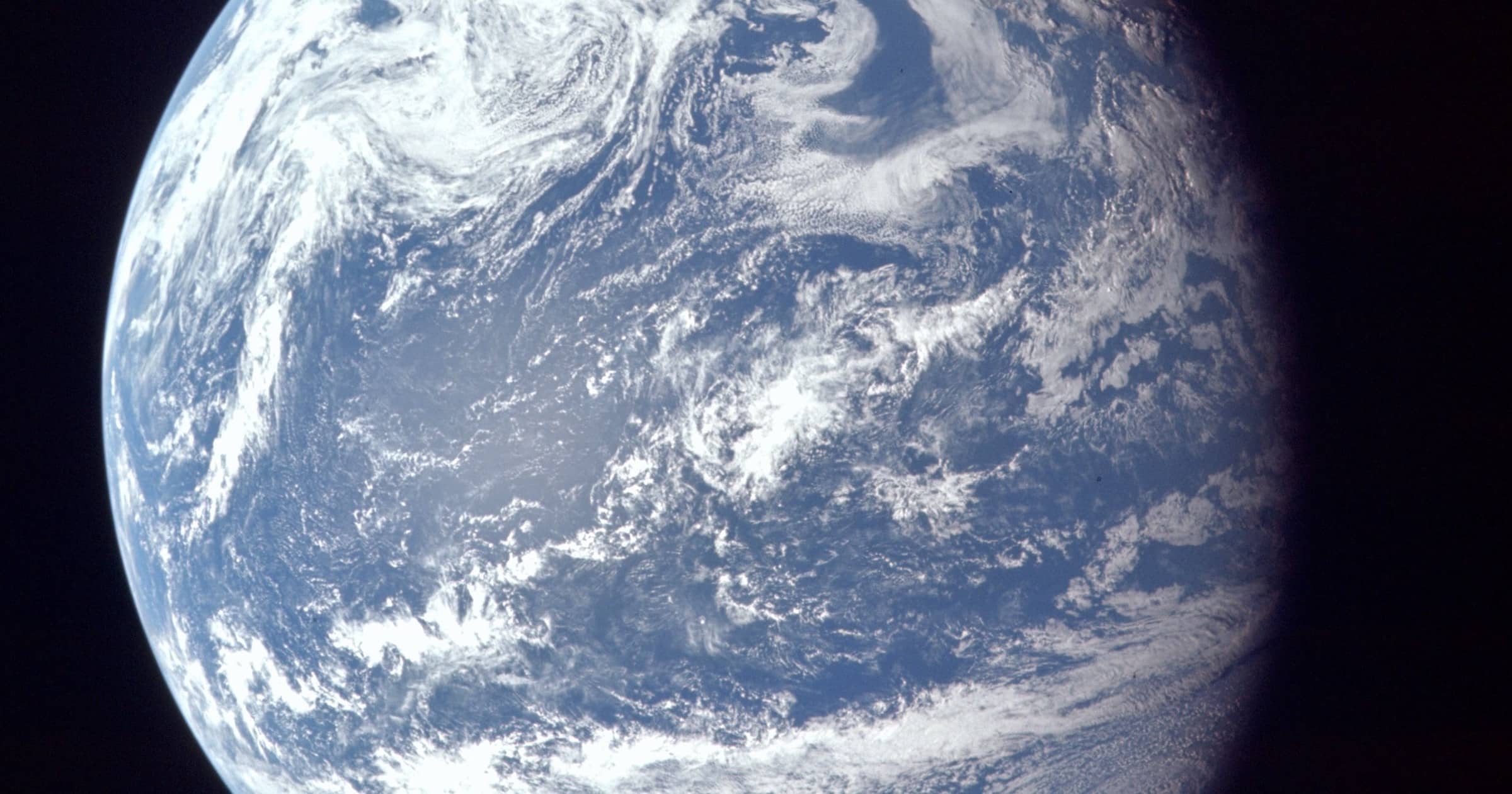 Intelligent Design
Intelligent Design
 Physics, Earth & Space
Physics, Earth & Space
Dallas Conference, February 17: Our Privileged Planet, 20 Years On

It’s a big universe out there. Could life exist on another planet? Maybe, but it’s not just the size of the universe that matters, it’s also the size of the massive chasm between non-life and life. On a new episode of ID the Future, bestselling author and radio host Michael Medved sits down with philosopher Dr. Jay Richards to preview the theme of February 17’s Dallas Science and Faith Conference and discuss the arguments of his popular book The Privileged Planet, written 20 years ago with astronomer Guillermo Gonzalez. Can’t make it to Dallas? You can watch online — just register here.
It turns out the planet we’re all living on is still special in every sense of the word. “Everything we’ve learned since we discovered the first extra-solar planet in 1995 is pointed in one direction,” says Dr. Richards, “and that is in the direction of increased rarity; an increase in the number of conditions that has to go right even to get a single habitable planet.” Over 5,000 extra-solar planets have been discovered in that time, and there’s suitable hype at the possibility of these planets harboring the potential for life. But as Richards explains, even if you detect some of the prerequisites required for habitable life to exist, you still need a transition from non-life to life. That’s a massive chasm, a profound problem, that we can’t gloss over.
Richards gives a summary of what scientists have learned about our privileged place in the last century. He also teases details of a new and updated edition of his book The Privileged Planet that’s coming soon. Download the podcast or listen to it here.
Dig Deeper
- Stream this year’s Dallas Science and Faith Conference, featuring Dr. Jay Richards, at scienceandfaith.com.
- Watch the full-length documentary film The Privileged Planet, based on the bestselling book! Don’t let the 4:3 TV aspect ratio dissuade you; it still packs a punch!
